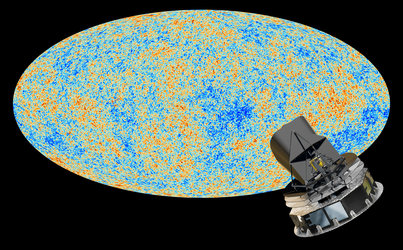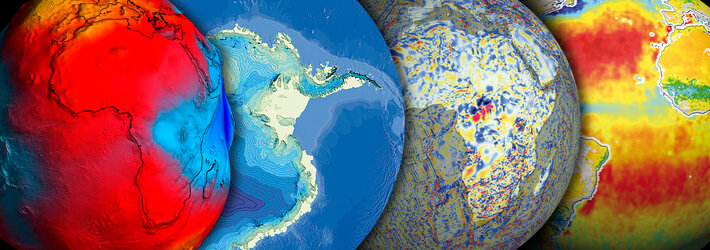GOCE Mission Manager: Interview with Rune Floberghagen
Rune Floberghagen will be in charge of GOCE once it becomes an operational spacecraft post-launch. After GOCE's commissioning phase is complete, he will in particular oversee routine operations, including the delivery of data to users worldwide.

Floberghagen, a native of Norway, began working at ESA’s European Space Research and Technology Centre (ESTEC) in the Netherlands in 2001 and relocated to ESA’s Centre for Earth Observation (ESRIN) in Frascati, Italy, in December 2007 to assume his new role.
Floberghagen earned both his Masters and PhD in Aerospace Engineering from Delft University of Technology in the Netherlands.
ESA: What does being the ESA GOCE Mission Manager involve?
Rune Floberghagen
My responsibility is for the mission during its operations phase, including spacecraft operations and maintenance, data processing as well as scientific data exploitation. It involves the coordination of work inside and outside ESA, including the coordination across directorates and departments as well as the interface to the relevant Earth Observation delegate bodies.
ESA: What is your involvement over the lifetime of the satellite?
Rune Floberghagen
I happen to be the first mission manager coming from the project team responsible for the satellite development. In early 2001, I joined the project team at ESTEC as the person responsible for system and mission performance. While at ESTEC, I worked on the definition of algorithms for the data processing, both Level-1 and Level-2, and worked closely with the satellite development consortium in the modelling of the satellite performance as well as defining the calibration strategy. We also developed an End-to-End System Simulator, which has been used to support the verification of the space and ground segments. In 2007, I was appointed mission manager, and as such, I expect to work on the mission even beyond the lifetime of the satellite itself, following the scientific data analysis.
ESA: What have you enjoyed most about working with GOCE so far?
Rune Floberghagen
Without doubt, I enjoy the fact that the development of GOCE is truly a team effort. Several hundred people in Europe have been and continue to be involved in this endeavour. Building a satellite and a ground segment is certainly not merely a technological achievement but also a social one. The fact that the satellite is now almost on the launch pad and that the ground segment is ready – because of hard work done by people who in many cases have become friends – is in itself an achievement. With the same team, we intend to deliver equally excellent science data to our true customers – the users.
ESA: Who will be the main users?
Rune Floberghagen
Scientists and governmental organisations worldwide. The gravity field and the geoid are more often than not pieces of information required in nearly all branches of geophysics, geodesy and oceanography. At present, there are over 140 institutions worldwide, including 70 principal investigators, that will use the data. Once the mission is launched and we start collecting the first data, I certainly expect this number to grow.
ESA: Where will you be for launch?
Rune Floberghagen
Although the final details concerning the launch event are still to be agreed, I expect to be in ESRIN where we will welcome the international press to follow the launch of ESA’s first Earth Explorer Core Mission.
Editor's note:
This is one in a series of interviews with a few of the key people that are involved in the GOCE mission. Please check back as the list will be added to over the coming weeks.







